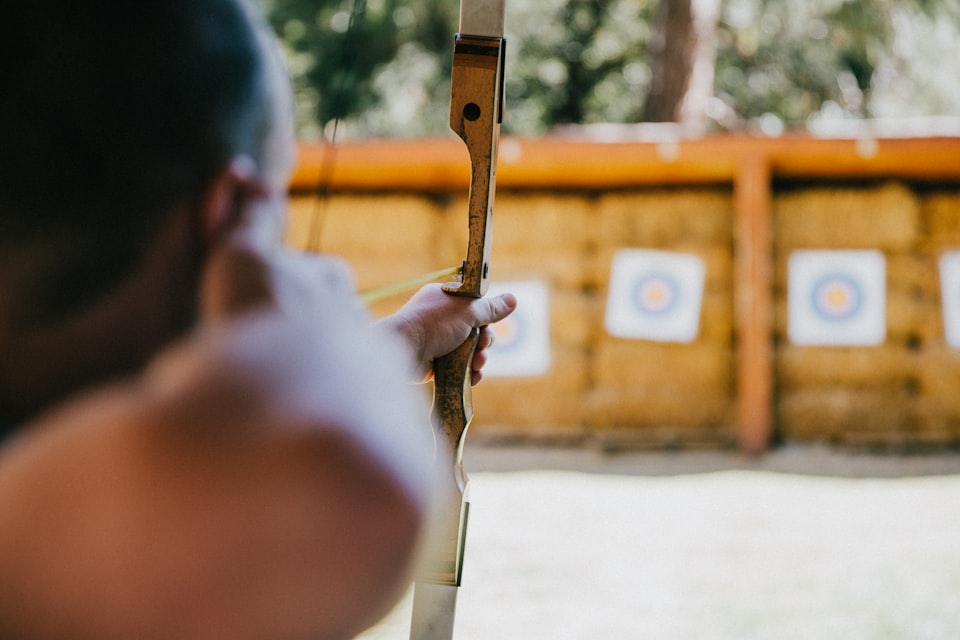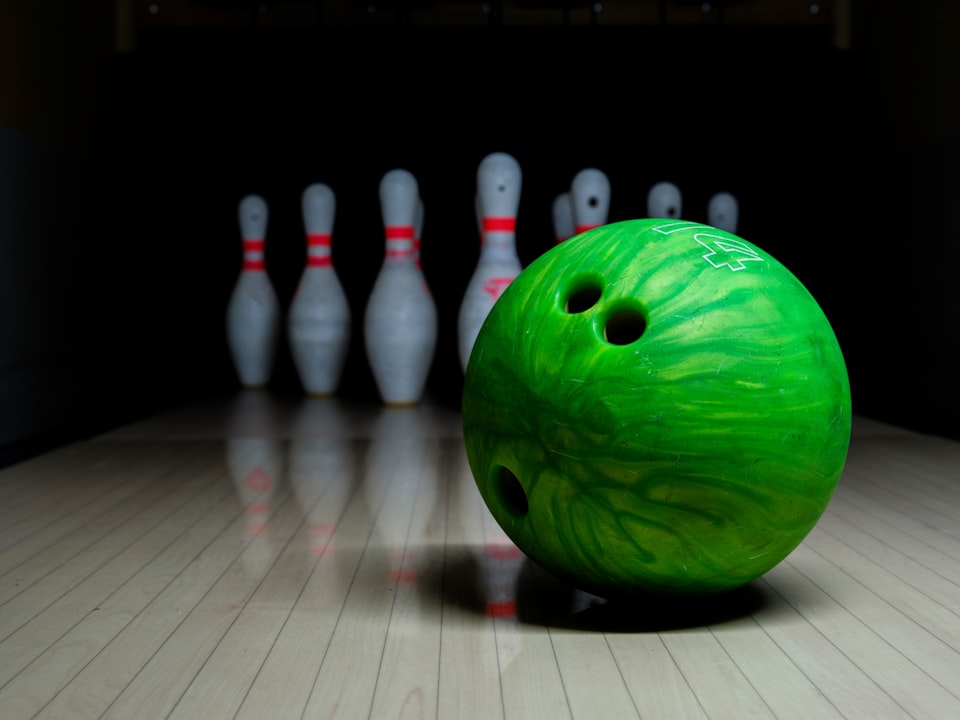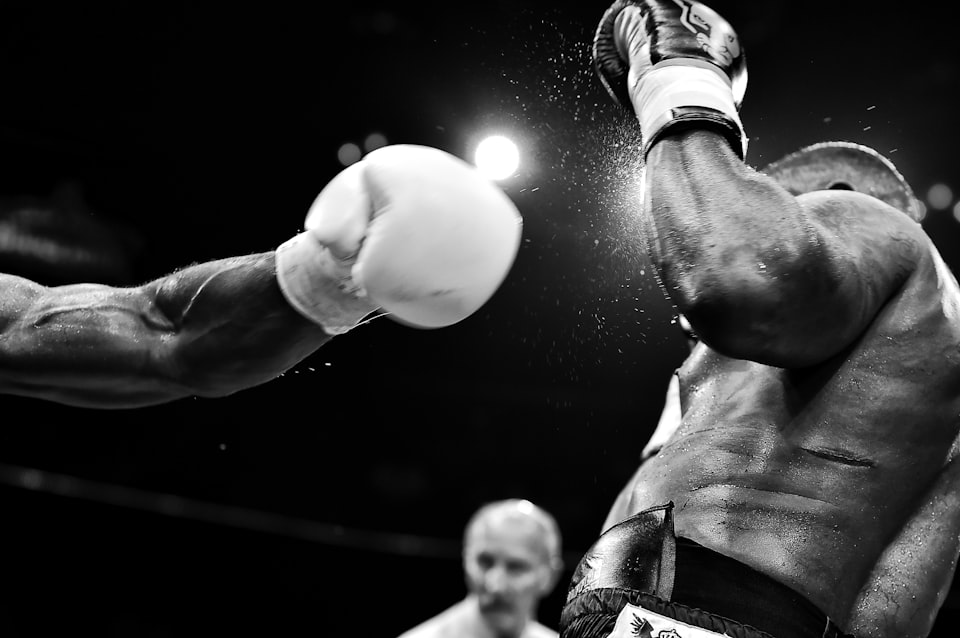Selecting the right bow is crucial for comfort and performance.
It's essential to choose a bow that matches our dominant hand. Most people naturally assume that right-handed individuals need a right-handed bow and left-handed individuals need a left-handed bow, but the distinction isn't always that straightforward.
The choice depends on our dominant eye, also known as eye dominance, which may not always align with our dominant hand.
We must first understand eye dominance to determine whether we need a left-handed or right-handed bow.
Eye dominance plays a pivotal role in archery because it affects where we focus when aiming. Archers should aim with their dominant eye for better accuracy; thus, the type of bow we need correlates with this dominant eye.
A right-handed bow is typically the preferred choice if our right eye is dominant. This allows us to hold the bow with our left hand and draw the string with our right.
Conversely, we generally fare better with a left-handed bow if our left eye is dominant. This way, we can draw the string with our left hand while the right stabilizes the bow.
Understanding bow orientation
When selecting a bow, we must understand the physical differences and how our handedness and eye dominance affect our choice.
Physical differences in bows
Bows are designed to be held in one hand while the other draws the string.
Left-handed bows are held with the right hand and drawn with the left, while right-handed bows are held with the left hand and drawn with the right.
Key physical components that differ based on orientation include:
- Riser: The grip and cutout are shaped for comfort and accuracy for the corresponding hand.
- Limbs: These flex when drawing the bow and can have asymmetric designs to accommodate the draw direction.
| Component | Left-Handed Bow | Right-Handed Bow |
|---|---|---|
| Riser Grip | Shaped for the right hand | Shaped for the left hand |
| String Grooves | Positioned for left draw | Positioned for right draw |
| Limb Direction | Optimized for left pull | Optimized for right pull |
Handedness and eye dominance
We must consider our dominant hand and eye when choosing a bow. The dominant hand typically has more strength and skill, which is crucial for drawing the bowstring.
Eye dominance is vital for aiming.
To determine eye dominance, extend your arms forward and form a small triangle with your thumbs and forefingers. With both eyes open, look at an object in the distance through the triangle, then alternately close each eye. The eye that keeps the object centered is your dominant eye.
Handedness and eye dominance do not always align. If you are right-handed but left-eye dominant, you might prefer a left-handed bow to take advantage of your dominant eye for aiming. The following list details what to consider:
- Dominant Hand: Use it to draw the bowstring for power and control.
- Eye Dominance: Use it for precise aiming and accuracy.
- Alignment of Hand and Eye Dominance: It may require training or equipment adaptation if mismatched.
Determining your dominant eye
When choosing a bow, it's crucial to understand which of your eyes is dominant. You rely on your dominant eye for accurate aiming.
Eye dominance tests
The Point Test: Extend one of your arms and point at a distant object with your index finger. With both eyes open, align your finger with the object. Close one eye at a time. Your dominant eye is the one with which your finger remains aligned with the object.
- Step 1: Extend your arm and point your finger.
- Step 2: Align your finger with a distant object.
- Step 3: Close one eye, then the other.
- Conclusion: Your dominant eye is the eye that keeps the object aligned with your finger.
The Miles Test: Create a small opening between your hands at arm's length and look through it at a distant object. When you close one eye, the object stays in view or moves out of the small opening. The eye that keeps the object in view is your dominant eye.
- Step 1: Create a small opening with your hands.
- Step 2: Bring your hands to your eyes while focusing on a distant object.
- Step 3: Close one eye, then the other.
- Conclusion: The eye that keeps the object in the opening is your dominant eye.
The Triangle Test: Extend both hands at arm's length and overlap your thumbs and forefingers to form a triangle. Focus on a distant object through the triangle. Bring the triangle to your eye while maintaining focus on the object. The eye you bring the triangle to is your dominant eye.
- Step 1: Form a triangle with your hands.
- Step 2: Look at a distant object through the triangle.
- Step 3: Bring the triangle to your eye while keeping the object in view.
- Conclusion: The eye the triangle naturally goes to is your dominant eye.
When identifying eye dominance, ensure you perform these tests in a safe and controlled environment to prevent misjudgment or injury.
Matching bow to dominance
When selecting a bow, it is crucial to align the bow type with your dominant eye and hand for optimal control and accuracy.
Right-handed archers
Right-handed archers typically have a dominant right eye and hand. This means we hold the bow with our left hand and draw the arrow with our right hand. For right-handed archers, equipment should be as follows:
- Bow Type: Right-handed bow
- Eye Dominance: Aligns with right eye
Left-Handed Archers
Conversely, left-handed archers usually possess a dominant left eye and hand, requiring them to hold the bow with the right hand while drawing the arrow with the left. Specifications for left-handed archers include:
- Bow Type: Left-handed bow
- Eye Dominance: Matches with left eye
Considerations for beginners
When starting archery, we must carefully consider whether to use a left-handed or right-handed bow. This choice is influenced by our dominant eye, known as eye dominance, and can affect our learning experience and equipment availability.
The learning curve for left-handed bows
Eye dominance: Eye dominance is crucial in determining the appropriate bow. If our dominant eye is the left one, a left-handed bow might be more natural for us to aim, despite our hand preference. This means that the learning curve might be reduced as aligning our vision with the bow becomes more intuitive.
Training resources: We should know that most instructional resources are tailored for right-handed archers. Learning to shoot with a left-handed bow could mean adapting these guides to suit our needs, which may require extra effort and time.
Availability of left-handed equipment
Bow selection: Left-handed bows are less common in the market. We may find a limited variety of models compared to right-handed options. It's essential to visit specialty stores or look for online retailers that cater to left-handed archers.
Accessories: The bows and accessories such as quivers, arrow rests, and release aids might be harder to find for left-handed setups. We should be prepared to face higher costs or longer wait times when purchasing left-handed equipment.
Expert recommendations
In choosing the correct bow, it is essential to consider your dominant hand as it influences stability and accuracy.
Advice for ambidextrous archers
We recommended that ambidextrous archers experiment with left- and right-handed bows to identify which side offers better control and consistency. It's important to assess:
- Hand dominance: Determine which hand has more precision and strength.
- Eye dominance: Align the dominant eye with the bow for improved aim.
Professional training and practice
Professionals often suggest that archers:
- Engage in regular training to solidify muscle memory relevant to their chosen bow type.
- Consult with a coach who can assess proper form and hand-eye coordination to ensure the use of the correct bow.
- When choosing a bow, it is essential to consider whether you need a left-handed or right-handed model based on your dominant eye and hand for accuracy and comfort.
- We must stress the importance of a proper fit. A bow that fits well will feel comfortable in your hand, and you'll be able to hold it steady while aiming. Use the following guidelines to determine your draw length and the appropriate bow size:
- Measure your arm span from fingertip to fingertip and divide that number by 2.5 to find your draw length.
- Check the draw weight, which is the force to pull back the bowstring. Beginners should start with a lower draw weight to build proper form and technique.
- When evaluating fit, you should also consider the weight of the bow. It should be light enough to hold for extended periods without fatigue but heavy enough for stability.
- Before purchasing, try various bows to find one that suits your shooting style. Here's a structured approach:
- Visit an archery shop where you can get hands-on experience.
- Shoot multiple arrows with each bow to gauge your level of control and comfort.
- Take note of how the bow feels during each phase of the shot process.
- These include nocking the arrow, drawing the bow, aiming, and releasing.
Remember, the right choice comes down to the bow that provides the best comfort and fit for you.





